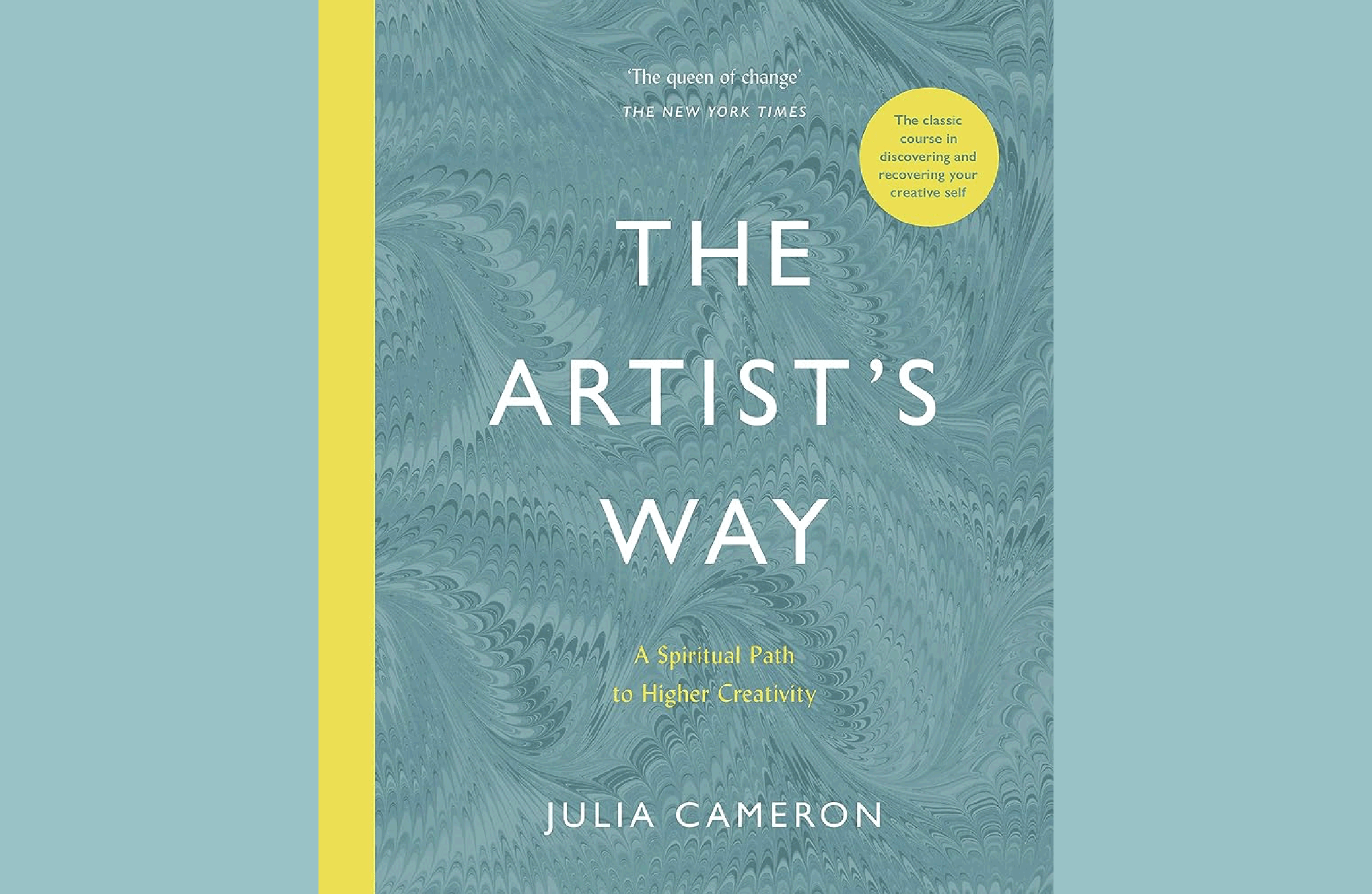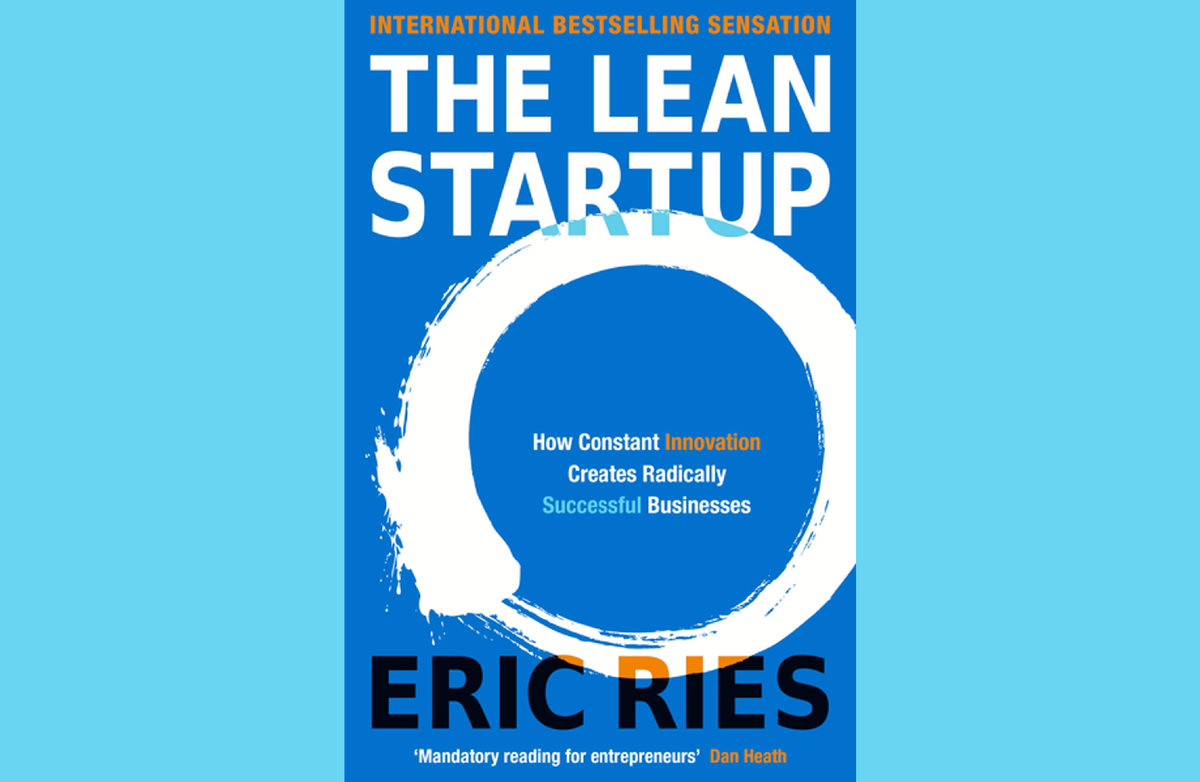My Call to Adventure: Embracing Entrepreneurship
Discover how the call to adventure in entrepreneurship led to personal and business growth. Explore insights from “The Artist’s Way” and “The Lean Startup,” along with Howard Schultz’s journey with Starbucks.

Every journey begins with a call to adventure—a realization that compels an individual to step out of their comfort zone and embark on a path of innovation and creation. This call to adventure was the recognition that my true passion lay in generating new ideas and transforming them into viable businesses. However, this revelation brought with it two significant challenges:
- How do I transform initial inspiring thoughts into concrete insights and ideas?
- How do I build a viable business roadmap through repeatable steps?
These challenges initially seemed daunting, but two books became my guiding light.

“The Artist’s Way” by Julia Cameron
One of the most influential tools I found in this book was the ‘morning pages’ technique. Every morning, I would write three pages of longhand, stream-of-consciousness writing. This practice became a cherished opportunity to use writing to refine and develop my ideas. The book is a treasure trove for unlocking creativity, making it essential for entrepreneurs like me who are ready to step out of their comfort zones and innovate. It offers practical techniques to overcome creative blocks, which are necessary for anyone looking to develop new ideas and start a unique business.
Insights from “The Artist’s Way”:
1. Routine and Discipline: The consistency of the morning pages taught me the importance of routine and discipline in creativity. Creativity isn’t just about inspiration; it’s about showing up daily and doing the work.
2. Self-Reflection: Writing the morning pages allowed me to reflect deeply on my thoughts, fears, and aspirations. This self-reflection was crucial in understanding my motivations and identifying areas where I needed to grow or change.
3. Idea Generation: Writing without self-censorship unlocked a flood of ideas. Some were impractical, but others held the seeds of viable business concepts. Regularly engaging in this practice created a rich reservoir of ideas to draw.

“The Lean Startup” by Eric Ries
Another transformative resource was “The Lean Startup.” The ‘build-measure-learn’ cycle from the book became my mantra. This iterative process emphasizes continuously developing a product or service over time. By building a minimum viable product (MVP), measuring its performance, and learning from the results, I could iterate and improve my offerings effectively. The book’s focus on innovation and agile product development in startups guided me in using continuous innovation to create radically successful businesses.
Insights from “The Lean Startup”
1. Embracing Failure: One of the most significant lessons was that failure is an integral part of the process. Even if unsuccessful, each iteration provides valuable data that brings me closer to a successful product.
2. Customer Feedback: Engaging with customers early and often is crucial. Their feedback helped me better understand their needs and adjust my products accordingly, ensuring I built something people wanted.
3. Efficient Resource Use: The lean methodology taught me to be resource-efficient. By focusing on creating an MVP, I could test assumptions without committing extensive resources, thus reducing risk and conserving capital.
Synthesis of Both Approaches
Combining the creative exploration from “The Artist’s Way” with the structured methodology of “The Lean Startup” provided a balanced approach to entrepreneurship. Creativity and innovation are crucial but can remain abstract and unproductive without a systematic process to test and implement ideas.
Practical Applications
1. Idea Incubation: I would use the morning pages to brainstorm and free-write about potential business ideas. This helped me clarify my thoughts and identify the most possible ideas.
2. Prototyping: Inspired by the lean methodology, I would develop a basic version of the most promising idea. This MVP allowed me to gather initial feedback and gauge interest without significant investment.
3. Iterative Development: Based on feedback, I would iterate on the MVP, continuously refining the product. This process ensured that the final product was well-aligned with market needs and had a higher chance of success.
4. Continuous Learning: Both books emphasized the importance of lifelong learning and adaptation. Whether it was through creative exercises or market feedback, I learned to stay flexible and open to new information.

Personal Growth
Embracing the call to adventure in entrepreneurship wasn’t just about building businesses and personal growth. The journey taught me resilience, adaptability, and the importance of a growth mindset. It made me realize that success in entrepreneurship is as much about inner transformation as it is about external achievements.
The combination of unlocking my creativity through “The Artist’s Way” and applying the iterative process from “The Lean Startup” allowed me to fully embrace my call to adventure. I could navigate entrepreneurship challenges confidently, knowing I had a solid foundation to support my journey. The call to adventure in my entrepreneurial story was about recognizing opportunities and equipping myself with the right tools to transform those opportunities into reality.
I have developed a sustainable approach to entrepreneurship by integrating these insights and practices. Each new venture becomes an opportunity to learn, grow, and innovate, staying true to my initial call to adventure while continuously evolving as an entrepreneur.

Case Study: Howard Schultz and Starbucks
Howard Schultz, the visionary behind the global brand Starbucks, exemplifies the entrepreneurial “Call to Adventure.” His journey from a salesperson to a worldwide coffee empire chairman showcases how a deep-seated desire to create a meaningful experience can transform an industry.
The Call to Adventure:
Schultz’s call to adventure came when he first visited Italy and experienced the vibrant coffee culture there. He was inspired by the sense of community and the experience of savoring coffee in Italian cafés. This starkly contrasted with coffee consumption habits in the United States at the time, where coffee was often viewed as a commodity rather than a social experience.
Initial Hesitation
Despite his enthusiasm, Schultz faced significant resistance from the original Starbucks founders when he proposed transforming the company from a coffee bean retailer to a café-centric business. His idea was seen as risky and unproven in the American market. This initial hesitation mirrored many entrepreneurs' doubts and fears when considering a leap into the unknown.
Embracing the Call
Undeterred by the initial pushback, Schultz decided to pursue his vision. He left Starbucks and started his café, Il Giornale, which embodied his vision of a community-focused coffeehouse. This step was akin to building a minimum viable product (MVP) to test his concept. Il Giornale’s success eventually led Schultz to acquire Starbucks and transform it into the global café brand we know today.
The Hero’s Journey
Schultz’s journey encapsulates the essence of the entrepreneurial hero’s journey. He faced numerous challenges, including financial struggles and skepticism from potential investors. However, his unwavering belief in his vision and ability to iterate and learn from each step allowed him to overcome these obstacles.
Continuous Innovation
Schultz’s approach to growing Starbucks was aligned with the principles of “The Lean Startup.” He continuously sought customer feedback, adapted the store design, menu, and service based on customer preferences, and embraced innovation to enhance the Starbucks experience. This commitment to continuous learning and improvement was crucial in maintaining Starbucks’ relevance and appeal as it expanded globally.
Lessons from Schultz’s Journey
1. Vision and Passion: Schultz’s passion for creating a community experience through coffee drove his entrepreneurial journey. His vision went beyond selling a product; it was about creating a meaningful customer experience.
2. Resilience: Schultz’s ability to persist despite initial setbacks and resistance exemplifies the resilience needed in entrepreneurship. His journey was filled with challenges, but his determination kept him moving forward.
3. Customer-Centric Approach: Schultz’s focus on understanding and enhancing the customer experience was vital to Starbucks’ success. By listening to customers and continuously refining the business model, he ensured that Starbucks remained relevant and beloved by its patrons.
4. Adaptability: The willingness to adapt and innovate was crucial in Schultz’s journey. From the design of the stores to introducing new products, Schultz’s approach was always to learn, adapt, and improve.
Howard Schultz’s story is a powerful example of how embracing the call to adventure in entrepreneurship can lead to transformative success. His journey from a salesperson to the chairman of Starbucks showcases the potential of a compelling vision, resilience, and continuous innovation in creating a globally impactful business.
By studying Schultz’s experience, I am reminded that the entrepreneurial journey is about seizing opportunities, being prepared to navigate challenges, and persisting in the face of adversity. His story inspires me to continue my adventure with the same passion, resilience, and commitment to continuous improvement.
Popular Peer-Reviewed Research Studies for Further Reading
On the Positive Effect of Writing and Journaling on Thinking
“The Benefits of Expressive Writing for Working Memory Performance”
• Researcher: Laura E. Klein & Adriel Boals
• Published in Psychological Science, 2001
Summary: This study explores how expressive writing can improve working memory performance, suggesting that writing about emotional experiences can lead to better cognitive functioning and idea development.
“Writing to Learn: Writing Across the Disciplines”
• Researcher: Anne J. Herrington
• Published in College English, National Council of Teachers of English
Summary: This study examines how writing helps in learning and thinking across various academic disciplines, emphasizing the role of journaling and writing in enhancing critical thinking and problem-solving skills.
On the Method of Lean Startup
“Lean Startup: A Comprehensive Guide to the Methodology and Its Implications”
• Researcher: Nathan R. Furr & Daniel J. Snow
• Published in Journal of Business Venturing, 2014
Summary: This study provides an in-depth analysis of the Lean Startup methodology, discussing its principles, applications, and impact on startup success and innovation.
“Design Thinking vs. Lean Startup: A Comparison of Two User-Driven Innovation Strategies”
• Researcher: Roland M. MUELLER and Katja THORING.
• Published in Leading Innovation Through Design
Summary: This research evaluates the application of Lean Startup principles in the digital health sector, highlighting how iterative development and customer feedback lead to more successful and sustainable business models.
These studies provide valuable insights into the benefits of writing and the effectiveness of the Lean Startup methodology, reinforcing the practical applications discussed in my entrepreneurial journey.


